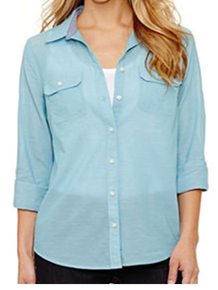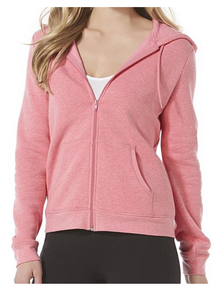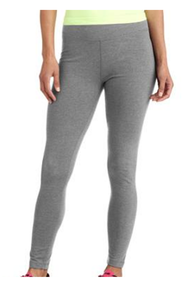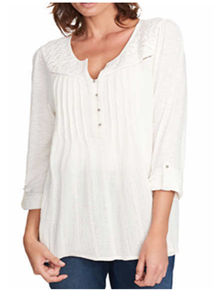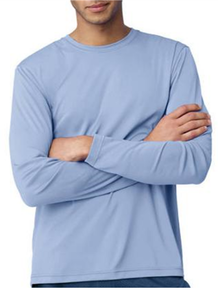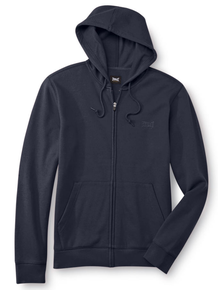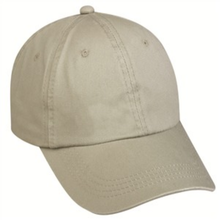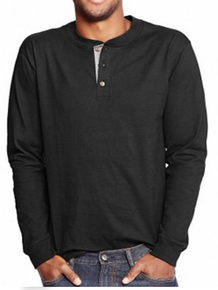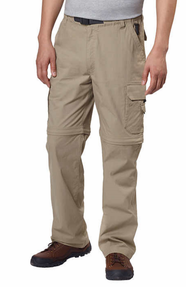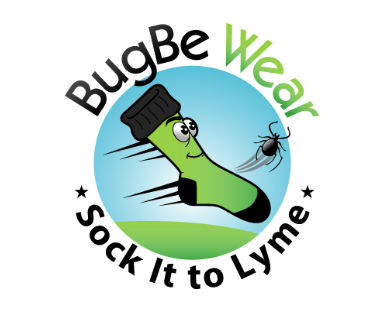Semi-permanent Insect Repellent Treated Backyard Basic Clothing
- Protect yourself from Lyme Disease and other tick and mosquito carried infections with convenient, effective BugBeWear® clothing.
- An odorless, invisible, factory bonded finish (Insect Shield®) repels ticks, mosquitoes, chiggers, no-see-ums, and biting flies.
- BugBeWear jeans, tees, sweatshirts, socks, etc. are suitable for most home, yard and garden chores, the activities most often associated with tick-borne diseases. Whether mowing, gardening or relaxing; protection lasts as long as your day outdoors.
BugBeWear® womens tops and bottoms are perfect for outdoor bug protection. They're great for hiking, camping, gardening, mowing, or just hanging out on the patio. The Insect Shield® factory bonded permethrin finish repels ticks, mosquitos, chiggers, fleas, flies, gnats and ants. The finish is odorless and invisible, and lasts 70 launderings.
BugBeWear® mens tops and bottoms are perfect for outdoor bug protection. They're great for hiking, camping, gardening, mowing, or just hanging out on the patio. The Insect Shield® factory bonded permethrin finish repels ticks, mosquitos, chiggers, fleas, flies, gnats and ants. The finish is odorless and invisible, andlasts 70 launderings.
A Partnership Program to Introduce a
New Prevention Method
“Sock It To Lyme” is a partnership program between BugBeWear and eligible groups working to reduce the toll of tick-borne diseases thru methods that include factory bonded repellent garments. The program facilitates the introduction of this new tick bite prevention method while providing a fundraising opportunity for the sponsoring group.
How does “Sock It To Lyme” work?
BugBeWear provides partner groups with display and educational material, program guidelines and access to discounted repellent socks via the “Sock it to Lyme” program. Socks available through the program include adult and youth basic crew socks in several size and colors (white, khaki, grey and black). Information on the effectiveness and features of factory bonded garments, a frequently asked questions document reflecting BugBeWear’s years of public contact, will be provided to prepare the group for questions commonly asked by the public.
Impact of Sock It To Lyme program on a small New England Island, 2017
Based on previous mast crop abundance, 2017 in New England was predicted to be a year of high Lyme disease incidence. One small island off the coast of Massachusetts, historically hard hit by Lyme, decided to try to reduce the tick borne disease threat through the introduction of a single garment of factory bonded permethrin clothing. Program impact was measured by the number of tick bite related visits to the island clinic relative to previous years. At season end, the reduction was significant.
Cuttyhunk Island has 150 homes, 2 inns and a summer population of about 500. The residents have a strong sense of community and a high level of awareness of the significant risk of Lyme disease based on shared experiences with the disease. Through the years, community leaders have come together in annual efforts to reduce the toll of tick borne diseases. Previous efforts had included “all the standard amelioration protocols. Education, spraying, lots of DEET, mouse boxes, better mowing, goats to reduce vegetation, deer stands to treat deer with permethrin. You name it.” But Lyme continued to be a significant concern for residents.
In 2017, local businesses partnered with a generous summer resident in an effort to get factory bonded repellent socks into the hands (and on to the feet!) of all community members. Socks and educational material (including Dr. Mathers study on the effectiveness of summer weight clothing) were secured through BugBeWear’s Sock It To Lymeprogram. The island began sock distribution in early June and continued through the summer season. By August 500 pairs to socks had been distributed thru varied mechanisms: outright gifts, free premiums from retailers, payment for services, and achievement awards (mastering sailing knots). About 1,000 pairs of socks were distributed by season end.
At season end, November 2017, the island’s single clinic supplied data on tick associated visits to the prevention program coordinator. A total of 23 tick related visits were reported by the island clinic in 2017. This represents an approximate 40% reduction against visits averaged in 2016 (38% reduction from 37 visits) and 2015 (44% reduction from 41 visits). No data was collected on patients to determine whether they had received or worn socks at the time of their exposure. No data is yet available to us to support or deny the assumption that 2017 would be a bad year for tick borne illnesses in New England and provide better context for these results.
While there is good scientific evidence that factory bonded repellent clothing can dramatically reduce tick bites, we believe this is the first community based experience and the first that examines the impact of a single garment. BugBeWear is actively seeking other communities for similar programs.


